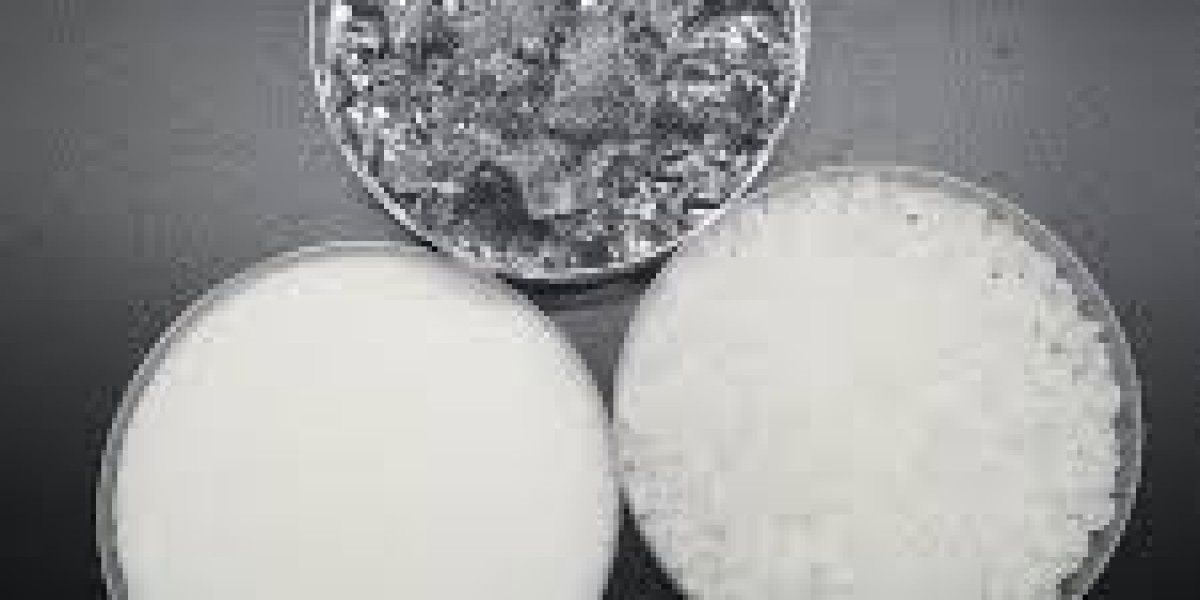Introduction to Super absorbent Polymers
Super absorbent polymers, also known as SAPs, are advanced materials that can absorb and retain extremely large amounts of a liquid relative to their size. SAPs are highly hydrophilic polymers that are extremely absorbent and can retain over hundreds times their own weight in physiological or aqueous solutions like water, blood and urine.
Chemistry and Structure of SAPs
SAPs are cross-linked polymers that are derived from acrylic acid or acrylate monomers. The monomers undergo polymerization reactions to form long chains with anionic charges along the backbone. The anionic charges are balanced by cations like sodium, potassium or other metals. These charged functional groups give SAPs their hydrophilic character and allow them to strongly attract and retain water and other polar liquids through hydrogen bonding. The chains are then cross-linked to form a three-dimensional network structure which prevents the polymer from dissolving when swollen with liquid. This unique networked structure allows SAPs to absorb massive amounts of fluids within their interstitial spaces.
Applications of SAPs in Hygiene Products
One of the most common uses of SAPs is in disposable hygiene products like diapers, sanitary napkins and adult incontinence products. SAP particles are typically incorporated between absorbent fibrous layers like pulp or cotton in these products. As liquids contact the SAPs, they swell up to hundreds of times their original size to form a hydrated gel which locks away the fluid within the superabsorbent matrix. This allows hygiene products to absorb more liquid per unit weight compared to products without SAPs, making them thinner and less bulky. SAPs help prevent leakage and increase the absorption capacity and performance of disposable hygiene products.
Use of SAPs in Agriculture and Horticulture
Another major application area for SAPs is in agriculture and horticulture to improve water retention in soils. SAP particles can be incorporated and buried in soil mixes or used as a soil conditioner mixed with planting media like compost or peat moss. Due to their water absorbing properties, SAPs help retain plant-available moisture in soil pores and prevent percolation. This reduces the need for frequent irrigation and watering of crops and plants. The moisture is released slowly as per the plant requirement. SAP usage has shown benefits of increased crop yields with less water input. They are also used to improve the water-holding capacity of soil-less planting mixes used for greenhouse and hydroponic cultivation.
Applications in Other Areas
Besides hygiene and agriculture uses, researchers are continuing to explore new applications of SAPs utilizing their liquid absorption properties. Some other key application areas include use of SAPs in wastewater treatment to remove pollutants, in construction to develop advanced moisture-responsive building materials, as water retaining agents in battery separators and concretes, and in biomedical applications like tissue engineering and wound management. SAP hydrogels show promise in development of smart textiles and implants that can absorb bodily fluids or release active ingredients in a controlled manner. The advances in SAP synthesis are leading to tailoring of materials with tunable absorption properties for diverse industrial and biomedical needs.
Environmental and Disposal Concerns
While super absorbent polymers offer several performance advantages, their widespread use has raised concerns over potential environmental and health impacts if not disposed of properly. Most SAPs used commercially are non-biodegradable since the cross-linked structure prevents microbial and enzymatic degradation over time. Improper disposal of SAP waste from consumer products can lead to accumulation and leaching of contaminants in landfills and aquatic ecosystems. There is ongoing research focused on developing biodegradable or water-soluble SAP formulations that break down more easily without harming the environment. Alternate approaches look at improving collection and removal of SAP particles from wastewater during treatment before discharge. Overall sustainable production and end-of-life management will be important to realize the full benefits of SAPs while minimizing adverse ecological consequences.
Conclusions
In conclusion, super absorbent polymers have emerged as innovative absorbent materials with the ability to soak up and retain enormous amounts of fluids due to their smart hydrophilic structure and properties. They enable key performance enhancements in hygiene, agricultural and wastewater applications through efficient liquid absorption and storage. While disposal challenges exist, continued research into green SAP chemistries and applications holds promise to unlock their full potential in a more eco-friendly manner. As advanced material science solutions, SAPs embody the principles of sustainability through resource conservation and optimized functionality.
Search
- Friendly Websites www.bybit.com www.temu.com www.ebay.com www.adsy.com www.iherb.com www.whmcs.com www.secsers.com www.cambly.com www.binance.com www.displate.com www.magenet.com www.gainrock.com www.seoclerks.com www.aliexpress.com www.freelancer.com www.rankranger.com www.wehaveoffer.com www.qrmenutable.com www.coinpayments.net www.linksmanagement.com
Popular Posts










